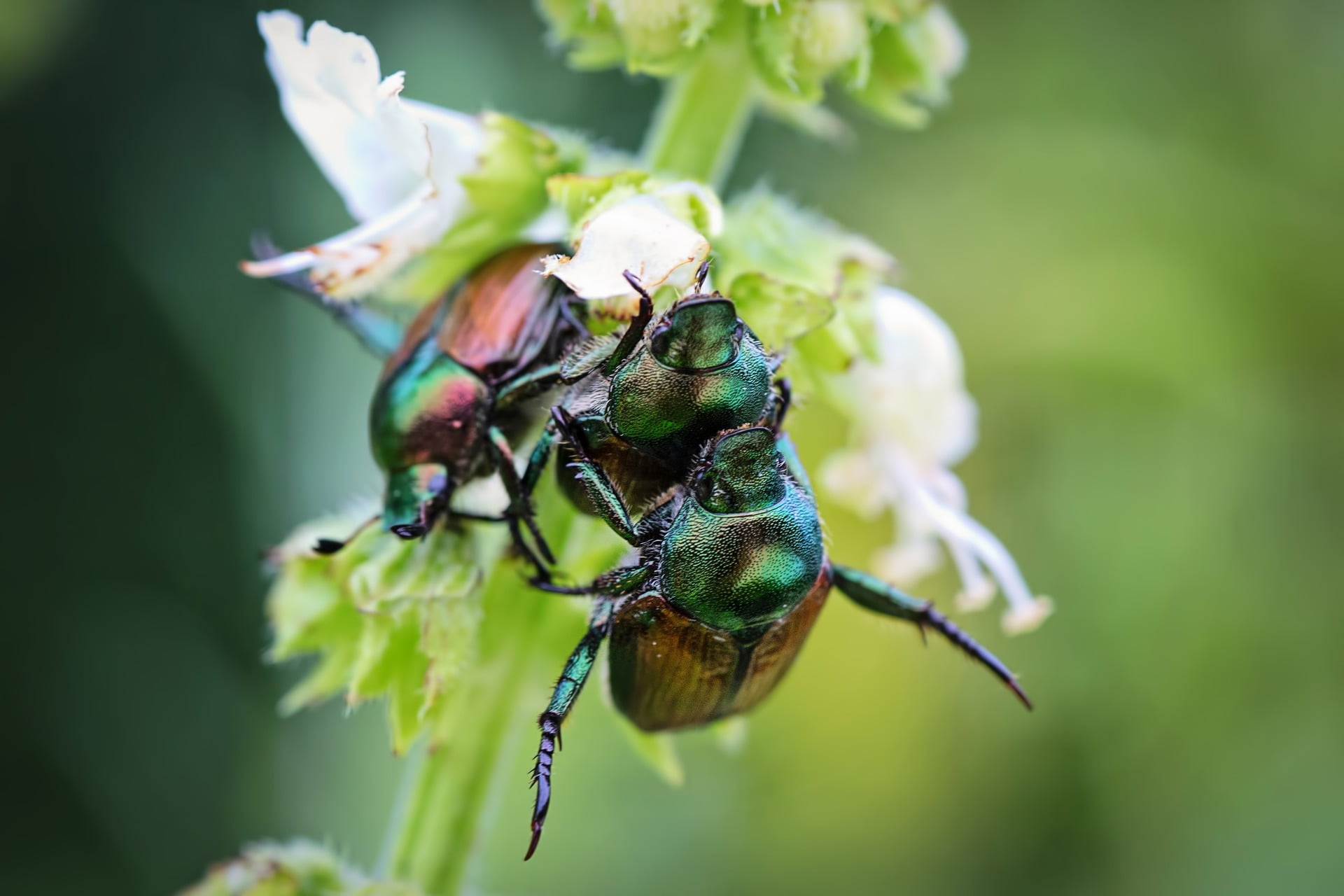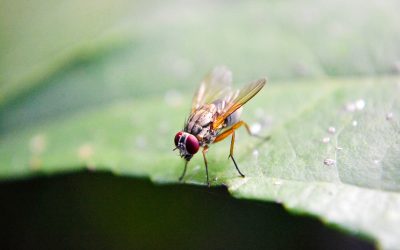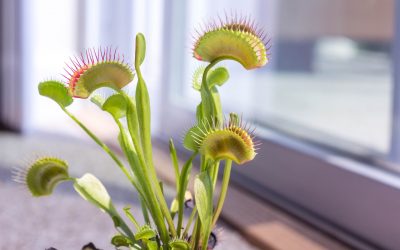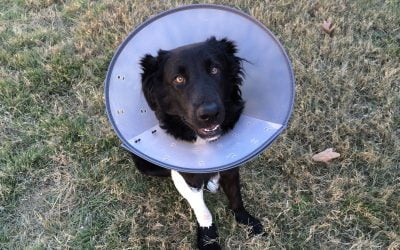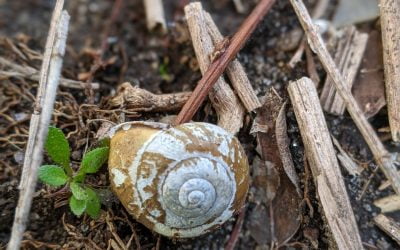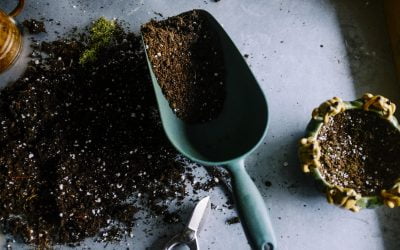Keeping home plant pests at bay can sometimes be difficult, but knowing how to kill bug infestations can help you get your plants back into shape fast. Figuring out exactly how to prevent homeplant bugs from spreading to your other indoor plants is often a very frustrating experience, and sometimes it’s just too difficult to control garden pests. In this article, I will show you exactly how to spot the most annoying pests, then you will learn exactly how to eliminate bugs from indoor plants, effectively.
Pests can spread very quickly, especially in the winter when plants are dormant. When your plants get wet, they become an ideal environment for them, because water can carry away any insects that are in their way. However, if you want to eliminate pests from your plants quickly and effectively, you must use the right tools. You do not want to cut corners, and using proper pest control methods is a very important step. To begin with, here is a list of some of the most common homeplant bugs you need to know about.
Athlete’s foot, or Athlete’s dermatitis is caused by an over abundance of fungi that feed off of your plants’ nutrients and create the red, white, or yellow lesions you see on the surface of your plants. These are actually small black flakes that fall from the plant onto the floor, which is where you see them first, because they are so tiny. Athlete’s foot is highly visible in areas with heavy plant cover, such as in the center of the lawn or along the base of a tree.
Aphids are one of the biggest offenders when it comes to keeping insects from spreading to other plants. They love moist conditions, so the quickest way to stop them from spreading is to make sure they do not get water in places where they will feed. Aphids are attracted to plant foliage and also like to hide inside your plants, hiding in crevices and cracks, and tunnels.
Black bugs are also one of the pests you definitely do not want to let spread into other plants. They will suck up plant nutrients, leaving behind brown, crumbly residue and the larvae that hatch inside the plant itself. They can spread extremely quickly, so you should treat all areas where you may have an infestation right away. To keep black bugs out, you should be especially vigilant on plants you use outdoors to ensure that they do not get water, because this will help to encourage the growth of the larvae.
Another insect, you do not want to let infest your home plantings is scale and tunnel bugs, because they can destroy your soil, causing problems on a microscopic level. If you do not remove them right away, they will multiply rapidly and spread throughout your garden.
